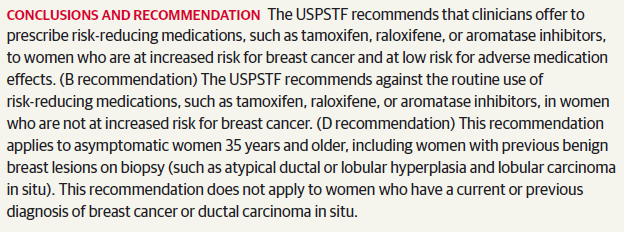JAMA Otolaryngology-Head & Neck Surgery
EMBARGOED FOR RELEASE: 11 A.M. (ET), THURSDAY, SEPTEMBER 12, 2019
Media advisory: To contact corresponding author Vikas Mehta, M.D., M.P.H., email Tracy Gurrisi at tgurrisi@montefiore.org. The full study and commentary are linked to this news release.
Embed this link to provide your readers free access to the full-text article This link will be live at the embargo time: https://jamanetwork.com/journals/jamaotolaryngology/fullarticle/10.1001/jamaoto.2019.2414?guestAccessKey=3afbc5b8-9a23-4867-95b9-734fa32e44f0&utm_source=For_The_Media&utm_medium=referral&utm_campaign=ftm_links&utm_content=tfl&utm_term=091219
Bottom Line: This observational study looked at the factors and outcomes associated with delaying the start of treatment for head and neck squamous cell carcinoma (HNSCC) in an underserved urban population. The analysis included 956 patients with HNSCC treated at a health center in New York City. The authors report that delaying the initiation of treatment beyond 60 days was associated with poorer survival and an increased risk of HNSCC recurrence. Factors associated with delaying treatment included African American race/ethnicity, Medicaid insurance, being underweight and having an initial diagnosis at a different institution. Common reasons for delaying treatment were missed appointments leading up to the initial treatment and extensive pretreatment evaluation. Knowing predictive factors and reasons for delaying treatment can help identify at-risk patients and areas to reduce delay. Limitations of the study include the possibility of miscoding errors with the use of cancer registry and patient medical records.
Authors: Vikas Mehta, M.D., M.P.H., Montefiore Health System, Bronx, New York, and coauthors
(doi:10.1001/jamaoto.2019.2414)
Editor’s Note: The article includes conflict of interest and funding/support disclosures. Please see the article for additional information, including other authors, author contributions and affiliations, financial disclosures, funding and support, etc.
# # #
For more information, contact JAMA Network Media Relations at 312-464-JAMA (5262) or email mediarelations@jamanetwork.org.

